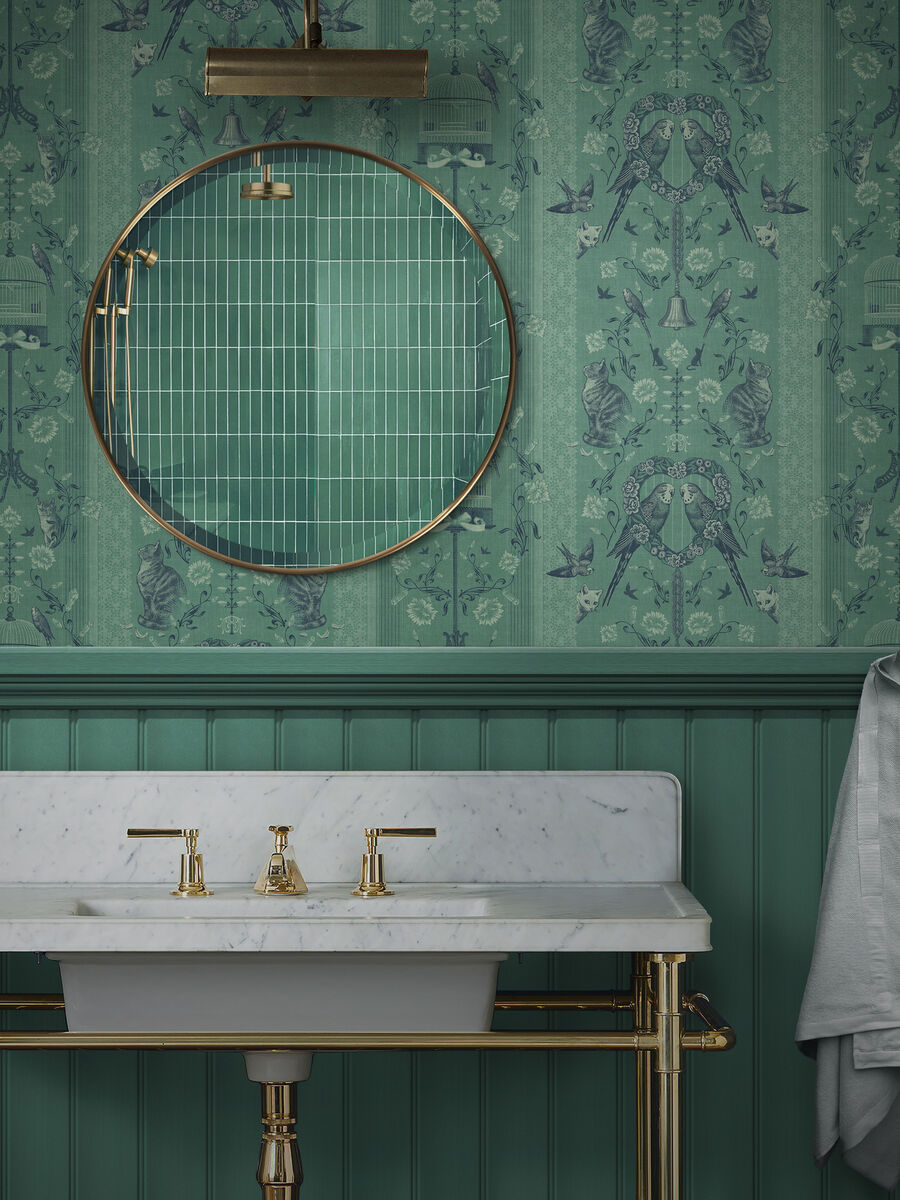How to buy wallpaper for your home, budget and skillset

Opium Blush, an entangled spectacle of Papaver somniferum, or opium poppy as it’s more commonly known, in contrasting shades of delicate and dark pink. Sponge clean, straight-match, strippable, paste-the-wall, €159 per roll, The Curious Department.
There's a reason why wallpapering offers such rich territory for comedy sketches. Curled lengths of slippery material, easily punched out with a foot, lofted up the wall as we scale a ladder. What could possibly go wrong?
In a large painterly style of paper with sophisticated, varied detail like flight-borne cranes — the drop can be considerable or even a multiple-drop. With expensive paper in a vast room with cavernous walls, a multiple-drop match is best left to a pro who will cut the paper before hanging it.














